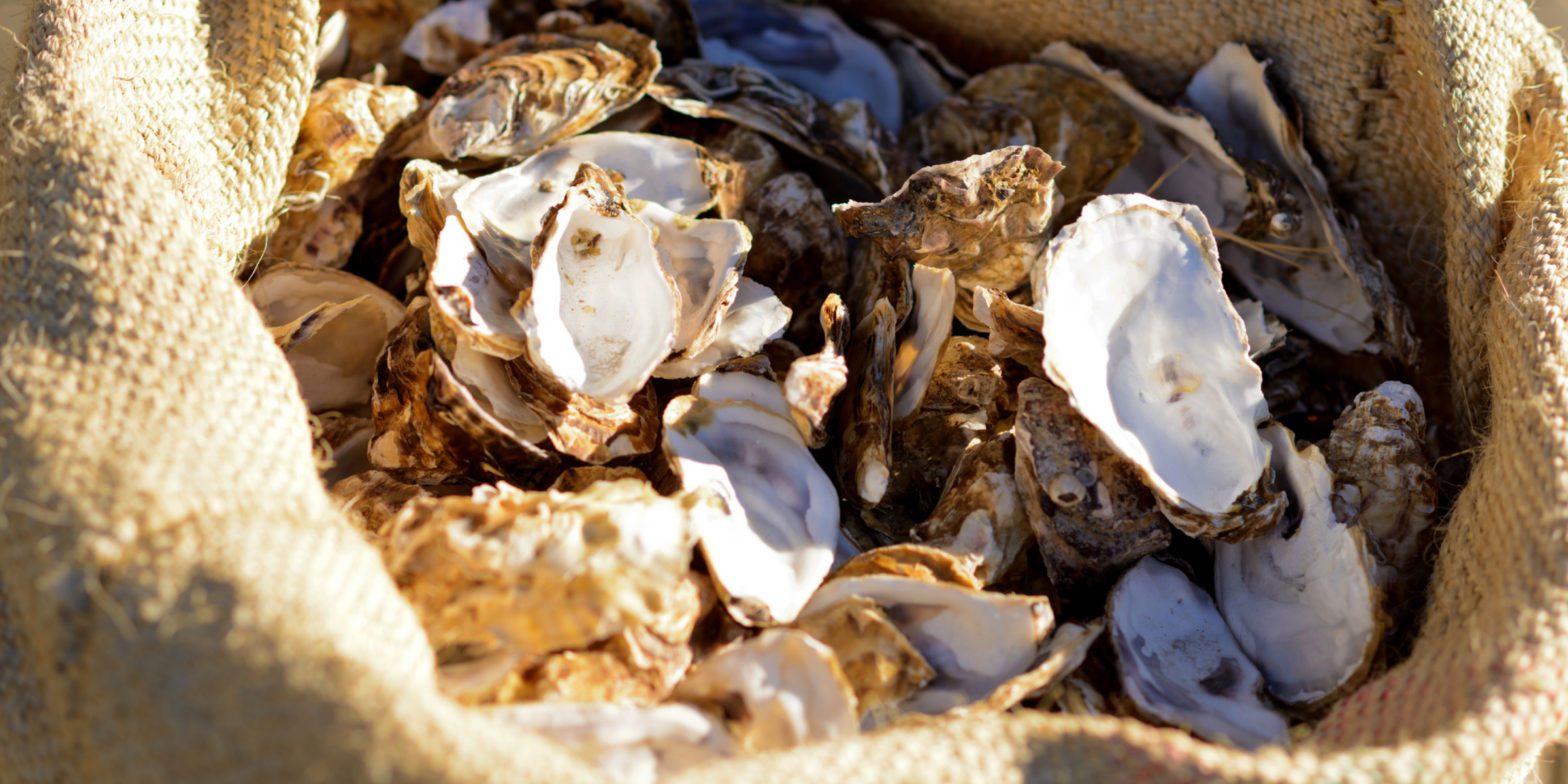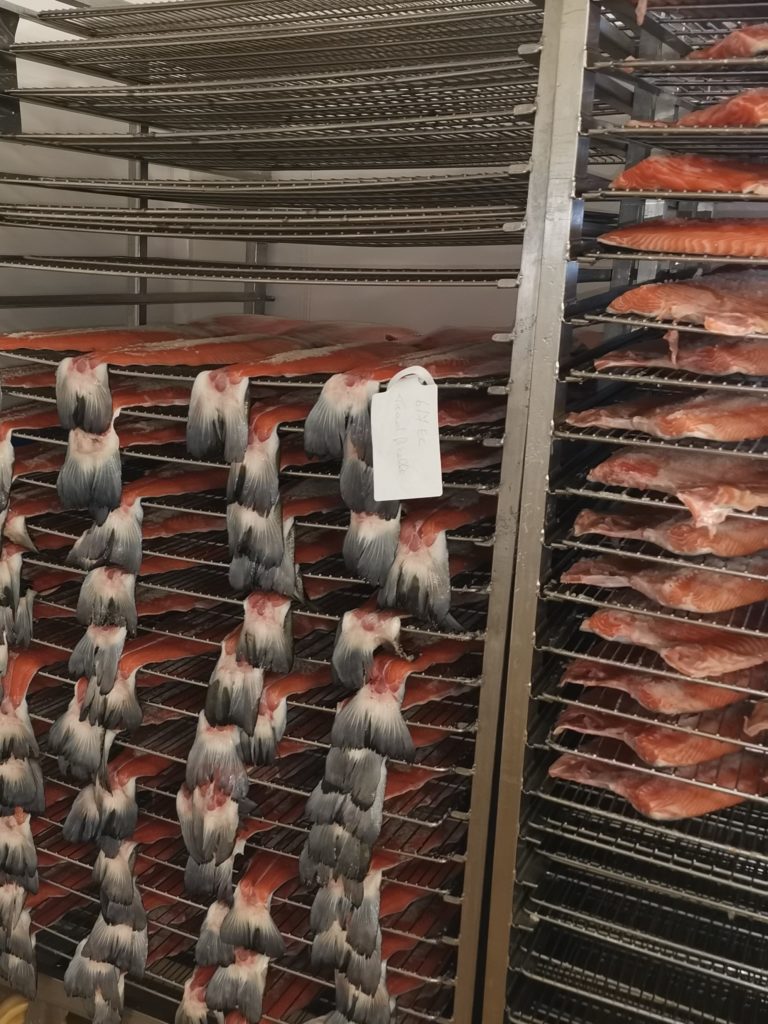Waste, co-products, by-products : what are we talking about ?

With the realization that our resources are not inexhaustible, the notion of sustainable development has become increasingly familiar, and it’s up to those who can boast of contributing to the protection of the planet. And so, little by little, we have moved from the notion of waste disposal to that of waste management, and finally (it’s about time) to that of waste recovery, raising the prospect that one day our society will no longer produce any waste at all. While this virtuous evolution can only appeal to us, what is the reality ? Can we really recycle everything and have zero waste? This series of articles will attempt to shed some light on the question of agro-residues (a deliberately broad term) and their fate.
In this article, we focus on the following two questions :
– Waste, co-products, by-products; treatment, recovery, recycling: what are we talking about?
– What regulations apply to agro-residues ?
Definitions
Here, we need to clarify the terms and what the regulations tell us. Let’s start with a few definitions[1] :
- Waste : any substance or object which the holder discards or intends or is required to discard ;
- Biowaste : biodegradable garden or park waste, food or kitchen waste from households, offices, restaurants, wholesalers, canteens, caterers or retail outlets, as well as comparable waste from food processing plants.
- Food waste : all foodstuffs that have become waste.
- By-product : “Substance or object resulting from a production process and which is not the final product that this process aims to produce, but whose subsequent and direct use is certain. Recovery is partial, specific or local. Animal by-products are defined as “whole bodies or parts of animals, products of animal origin or other products obtained from animals, which are not intended for human consumption, including oocytes, embryos and semen”. This definition covers a wide range of products, including industrial co-products.
- Co-product : the term “co-product” is not defined by regulations as such, which sometimes leads to co-products being assimilated to waste. However, certain texts specify the conditions under which a co-product can be excluded from the notion of waste. It is thus specified that a co-product is a substance or product resulting from a production process that is neither a product, nor a residue, nor a waste, whose economic recovery is total and which has a market backed by a quotation.
- Waste management : the collection, transportation, recovery (including sorting) and disposal of waste, including the monitoring of these operations as well as the monitoring of landfills after their closure, and in particular actions carried out as a trader or broker;
- Collection : the collection of waste, including preliminary sorting and storage, with a view to transport to a waste treatment facility;
- Separate collection : collection during which a waste stream is separated according to its type and nature in order to facilitate specific treatment;
- Reuse : any operation by which products or components that are not waste are used again for a purpose identical to that for which they were designed;
- Preparation for re-use : any inspection, cleaning or repair operation with a view to re-use.
- Treatment : any recovery or disposal operation, including preparation prior to recovery or disposal.
- Recovery : any operation whose main result is that waste is put to a useful use by replacing other materials that would have been used for a particular purpose, or that waste is prepared for use for that purpose, in the plant or in the economy as a whole ;
- Material recovery : any recovery operation other than energy recovery and reprocessing into materials for use as fuels or other means of energy production. It includes preparation for reuse, recycling and filling.
- Recycling : any recovery operation whereby waste is reprocessed into products, materials or substances for its original function or for other purposes. This includes the reprocessing of organic materials, but does not include energy recovery, conversion into fuel or landfill operations ;
- Backfilling: any recovery operation in which suitable non-hazardous waste is used to restore excavated areas or, in the engineering field, for landscaping work. The waste used for backfilling must replace non-waste materials, be suitable for the above-mentioned purposes and be limited to the quantities strictly necessary to achieve these purposes.
- Disposal: any operation other than recovery, even if it results in the elimination of waste.
What regulations apply to agro-residues?
Agro-residues must be classified as waste, co-product or by-product, and must comply with the corresponding regulations. While it’s easy to identify a waste, the same cannot be said of a co-product or by-product.
As a reminder, when this “residue” is intended for human consumption and complies with regulations and hygiene standards, there’s no need to call it that: it’s still a product, that’s all. There’s no shortage of examples of this, such as ugly vegetables (discarded because they’re not “presentable”), offal (liver, heart, tongue) or directly usable wheat bran.
The legal qualification of waste is not to be taken lightly, since “any producer or holder of waste is obliged to manage it or have it managed” and “is responsible for the management of this waste until its final elimination or recovery, even when the waste is transferred to a third party for treatment“[2] (L541-2). This classification as waste entails the de facto application of restrictive and costly standards.
For French veterinary services, the term co-product has no legal existence, although it is widely used[3]. All residual materials from the production of finished products are therefore considered by-products in France. This situation is set to change, however, if the recently updated catalog of raw materials for animal feed[4] is anything to go by. This catalog stipulates that :
- To promote the valorization of certain raw materials from the bioeconomy, biofuels or agri-food, these raw materials should be called “co-products” rather than “by-products”, a term with a depreciatory connotation. However, this reformulation should not apply to animal by-products falling within the scope of Regulation (EC) No 1069/2009.
- In the list of feed materials in Part C, with the exception of animal by-products, the term “product” or “co-product” is used instead of “by-product” to reflect the market situation and the wording usually used in practice by feed business operators to emphasize the commercial value of these materials.
The term “co-product” should therefore be the logical choice, since the term “by-product” applies only to animal by-products. A clear distinction is therefore made here between, on the one hand, agro-residues of plant origin which can claim to be co-products and, on the other hand, those of animal origin which can at best be described as by-products.
Animal by-products (ABPs) are materials obtained from animals not intended for human consumption. APS include: dead animals, whole or in part, products of animal origin or other products obtained from animals, not intended for human consumption, including oocytes, embryos and semen.
The use, storage, processing and disposal of animal by-products are strictly regulated in the EU. Legislation is in place to control the risks associated with the handling, collection, processing and trade of different types of animal by-products. If not properly treated, these ABPs can transmit diseases to humans and animals, or cause environmental pollution. Inappropriate treatment of animal by-products, for example, has led to the spread of bovine spongiform encephalopathy (BSE) and epidemics of foot-and-mouth disease and avian influenza. However, it is clearly stated that when, as part of measures to limit food waste, foodstuffs of animal origin (FASO) are kept within the scope of human food regulations, because they are still intended for human consumption, they remain outside the scope of animal by-products regulations[5].
Moreover, from the moment a co-product is destined for animal feed, it becomes a raw material for animal feed and must comply with current regulations.
Legislation divides animal by-products into three categories according to the potential risk they pose to animals, humans and the environment; it also defines how products in each category must be used or disposed of[6].
- Category 1 animal by-products (APS C1) : materials presenting a significant risk to public health (risk of transmissible spongiform encephalopathy, risk of presence of a prohibited substance or environmental contaminant, emerging health risk, etc.). These materials must be collected, transported and identified without delay, and are usually destroyed by incineration or landfill after treatment and marking.
- Category 2 animal by-products (SPA C2) : animal by-products presenting a lesser risk to public health (e.g. the classic sanitary risk posed by animals found dead on farms, animal products containing residues of veterinary medicines). These products are disposed of by incineration or landfill after treatment and marking, or can be recycled for uses other than animal feed (organic fertilizers, transformation into biogas, etc.).
- Category 3 animal by-products (APS C3) : materials which do not present a health risk for animal or public health, and which are the only ones suitable for use in animal feed. They include in particular parts of slaughtered animals deemed fit for human consumption, but which the human food chain does not value, as well as foodstuffs of animal origin not intended for human consumption for commercial reasons (“former foodstuffs”). Only certain Category 3 materials can be used in animal feed, after appropriate treatment in approved processing facilities. In addition, many materials in this category are recovered after specific processing for a variety of uses (cosmetics, pharmaceuticals, manufactured, craft or artistic products, agronomy, energy).
Several agencies, such as the European Food Safety Authority (EFSSA) and the Agence nationale de sécurité sanitaire de l’alimentation, de l’environnement et du travail (ANSES), assess the risks associated with biowaste and report their findings to the authorities. These agencies regularly issue opinions that contribute to changes in legislation :
- 2018 – positive opinion on the use of processed animal protein (PAP) from pork for poultry, and conversely on the modification of the marketing authorization for pork meat.
- 2020 – positive opinion on the authorization of ruminant-derived collagen and gelatin in feed for non-ruminant animals (pigs and poultry) following changes in European legislation.
These complex regulations are constantly evolving, notably to move towards a more circular economy and better resource recovery. In France, for example, since 2016, producers have been obliged to sort and treat their biowaste if their production exceeds 10 t/year of biowaste and/or 60 l/year of used oils[7]. From January 1, 2023, producers of more than 5 t/year will also be subject to this obligation. The obligation will be extended to all producers (agri-food industries, food retailers, supermarkets, school canteens and company restaurants, accommodation and traditional catering activities, food markets) from December 31, 2023[8].
The scope of the waste prevention and management policy is therefore “an essential lever in the transition to a circular economy”. In a future article, we’ll look at how to prioritize the treatment of agro-residues to derive the best environmental, societal and economic benefits.
[1] According to Directive (EU) 2018/851/EC, Regulation (EC) n°1069/2009, Order 2010-1579 of December 17, 2010, Article L541-4-2 of the French Environment Code, Regulation (EC) n°178/2002.
[2] French Environment Code, article L541-2
[3] Regulation (EC) 1774/2002
[4] Regulation (EU) 2022/1104,
[5] Regulation (EC) n°1069/2009
[6] Guide to the classification of animal by-products and their fate
[7] Article 204 of the Grenelle Law & Order of July 12, 2011 setting thresholds
[8] Loi Anti-Gaspillage pour une Économie Circulaire (AGEC), art. 88


